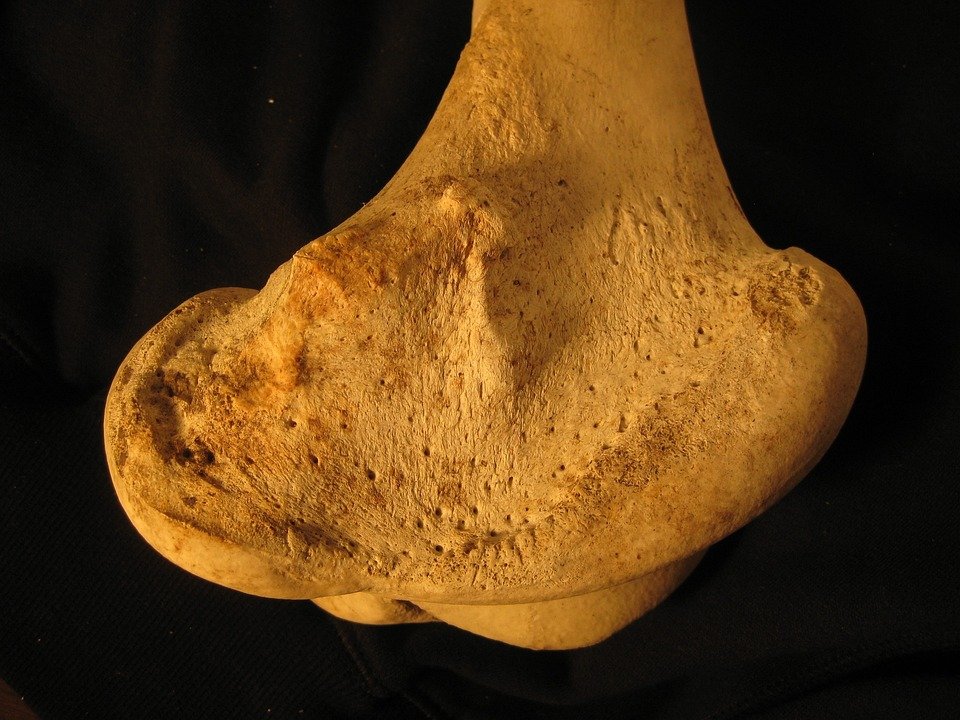 Cesarean section, also known as C-section, is a surgical procedure in which a baby is delivered through an incision in the mother’s abdomen and uterus. While it has been a life-saving procedure for many mothers and babies, the rise in the number of cesarean sections in recent years has raised concerns among medical professionals and expectant mothers alike.
Cesarean section, also known as C-section, is a surgical procedure in which a baby is delivered through an incision in the mother’s abdomen and uterus. While it has been a life-saving procedure for many mothers and babies, the rise in the number of cesarean sections in recent years has raised concerns among medical professionals and expectant mothers alike.The World Health Organization recommends that the rate of cesarean sections should not exceed 10-15% of all births. However, in many countries, the rate of C-sections has exceeded this threshold, with some countries reporting rates as high as 40% or more. This trend has led to a debate among healthcare providers about the appropriateness of the procedure and its potential risks.
There are several reasons why a woman may need to have a cesarean section. Some of the common reasons include:
– Fetal distress: If the baby is not getting enough oxygen during labor, a cesarean section may be necessary to deliver the baby quickly.
– Breech presentation: If the baby is not in the head-down position for birth, a cesarean section may be necessary to prevent complications during delivery.
– Placenta previa: If the placenta is covering the cervix, a cesarean section may be necessary to prevent bleeding during delivery.
– Previous cesarean section: If a woman has had a cesarean section in the past, she may need to have another one for subsequent births to prevent complications.
While cesarean sections can be life-saving in certain situations, they also come with risks. Some of the potential risks of cesarean sections include:
– Infection: Like any surgical procedure, cesarean sections carry a risk of infection at the incision site or in the uterus.
– Blood loss: Cesarean sections can result in more blood loss than vaginal deliveries, which can lead to anemia or the need for a blood transfusion.
– Blood clots: Women who have a cesarean section are at an increased risk of developing blood clots in the legs or lungs.
– Surgical complications: Like any surgery, cesarean sections can result in complications such as injury to nearby organs or nerves.
In addition to the physical risks, cesarean sections can also have emotional and psychological implications for women. Some women may feel disappointed or guilty if they are unable to have a vaginal birth, while others may experience feelings of inadequacy or failure. It is important for healthcare providers to support women who undergo cesarean sections and provide them with the information and resources they need to cope with the experience.
In recent years, there has been a growing awareness of the risks and potential overuse of cesarean sections. Healthcare providers are now encouraged to consider the benefits and risks of the procedure on a case-by-case basis and to support women in making informed decisions about their birth experiences. Women are also encouraged to discuss their preferences and concerns with their healthcare providers and to be actively involved in the decision-making process.
While cesarean sections can be a valuable tool in modern obstetrics, it is important for healthcare providers and expectant mothers to be aware of the risks and potential implications of the procedure. By understanding the reasons for cesarean sections, the risks involved, and the ways to minimize those risks, women can make informed decisions about their birth experiences and ensure the best possible outcome for themselves and their babies.

You might be interested in learning more about the history and evolution of cesarean sections. Speaking of “cesarean sections,” you might be interested in Caesarean section on Wikipedia to explore further information about the procedure. Additionally, if you want to delve deeper into the risks associated with cesarean sections, you can check out this Wikipedia article on Risks of Cesarean section. Understanding the procedure and its risks can help you make informed decisions about your birth experience.



